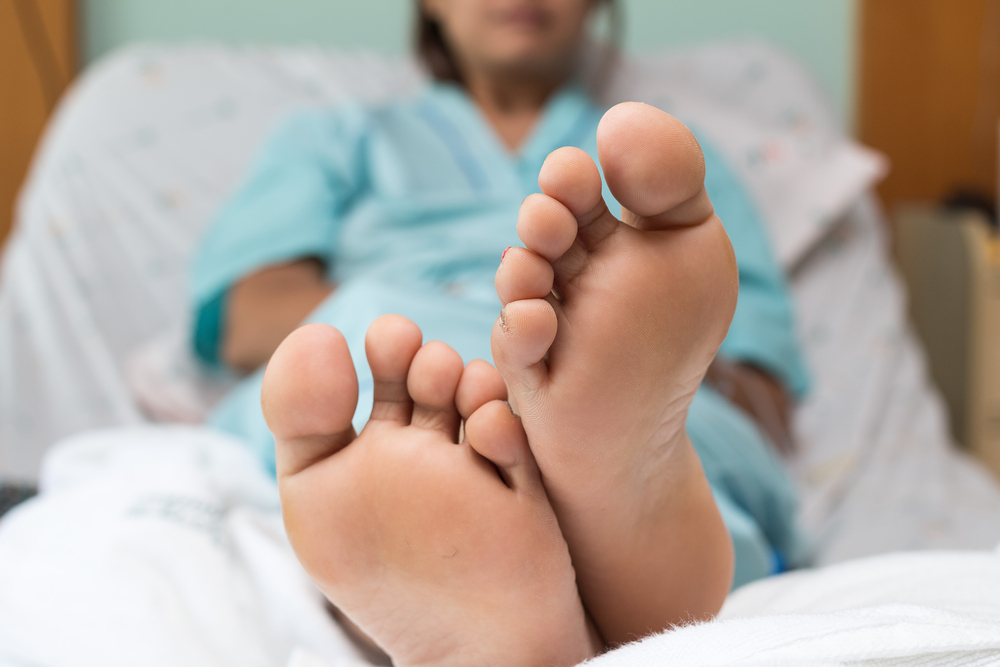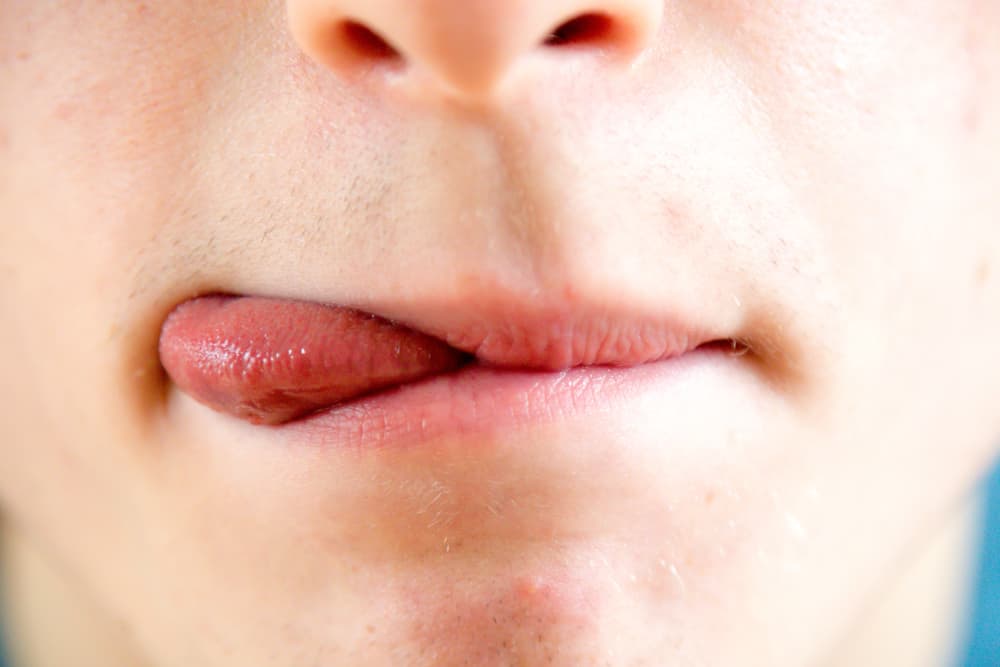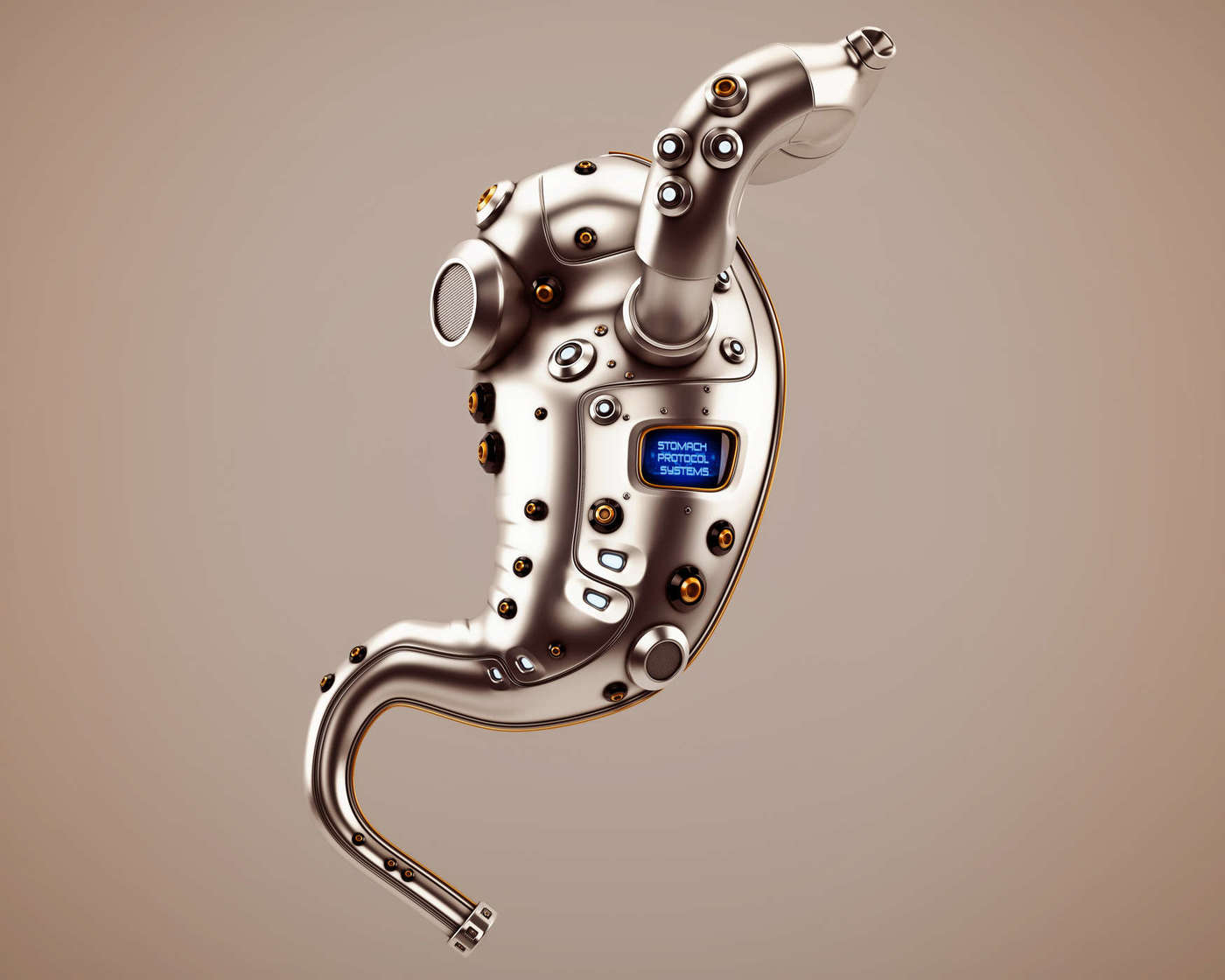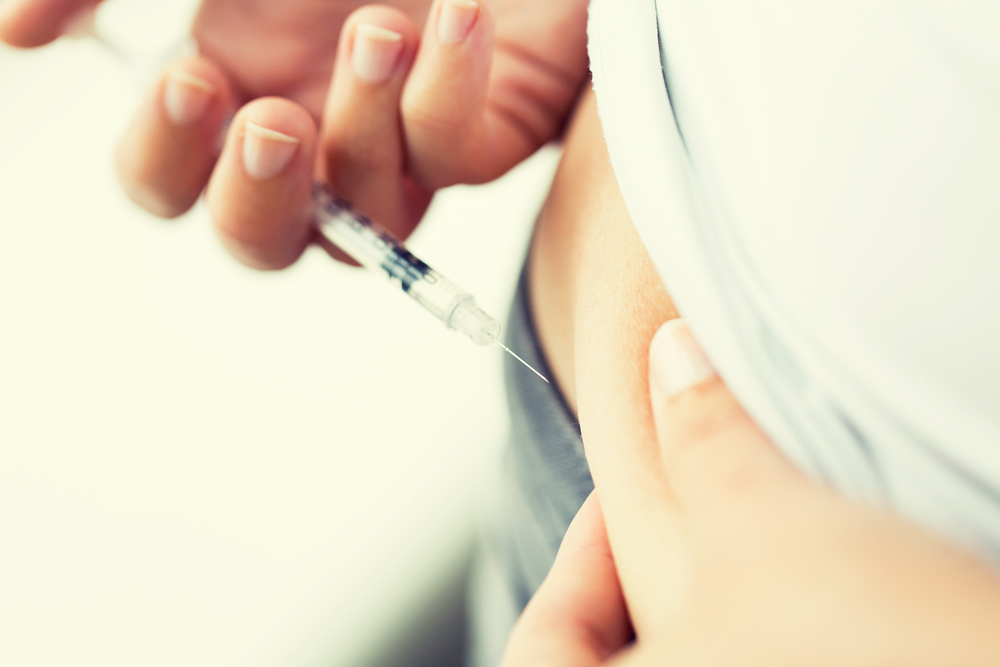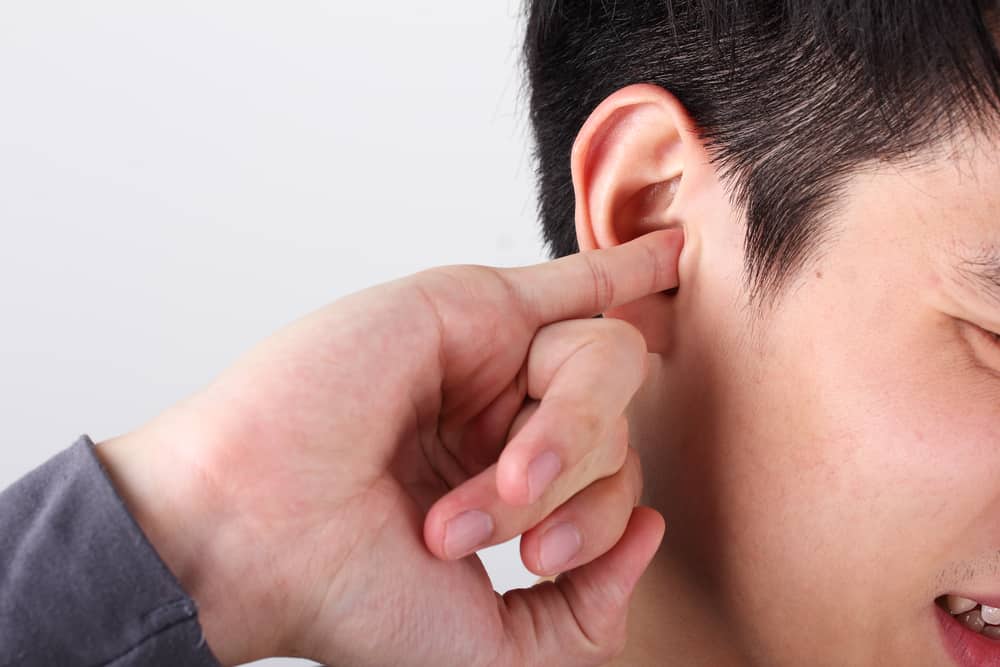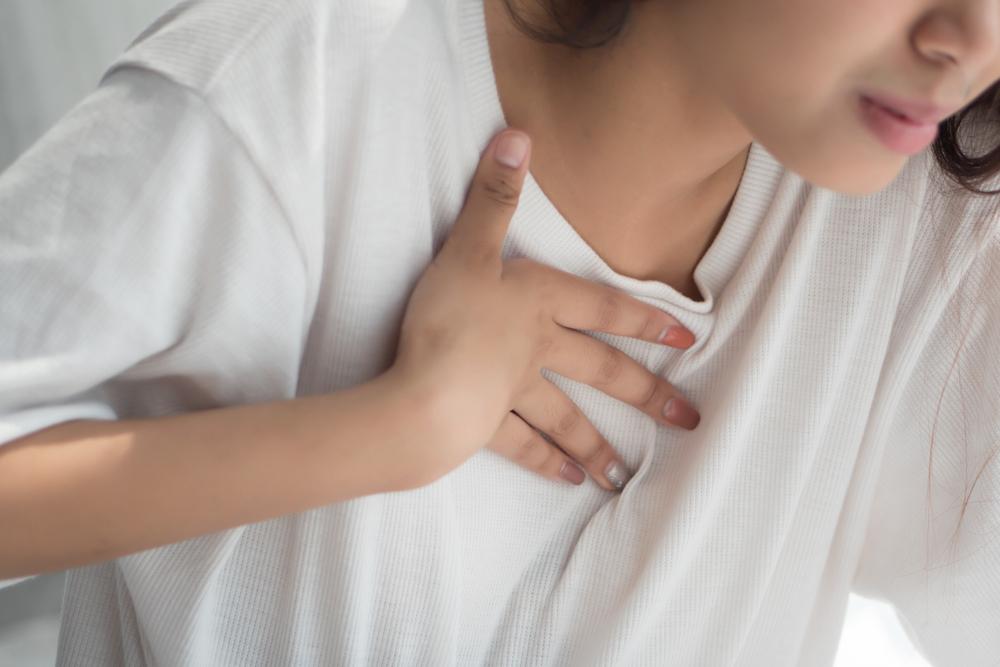Contents:
- Medical Video: Pressure Sores
- Why can decubitus wounds appear in bed rest patients?
- Get to know the risk factors for the appearance of pressure sores
- Symptoms of pressure sores
- Guidelines for treating and preventing pressure sores
Medical Video: Pressure Sores
Decubitus wounds are also known as press wounds (pressure ulcer / bedsores). Decubitus wounds are open sores on the surface of the skin that often appear in patients who experience obstacles in their movement (mobility). If you or your family member is a bed rest patient (bed rest), this wound problem may often be encountered. To find out more information, read the explanation below.
Why can decubitus wounds appear in bed rest patients?
There are several conditions in which patients must undergo treatment while resting for a long period of time. This treatment called bed rest is usually experienced by patients who are paralyzed, in coma, have limited movement due to certain medical conditions, and others. Those who undergo bed rest treatment are more prone to developing pressure sores.
This is caused by the continuous emphasis on the skin and soft tissues against hard surfaces, such as benches, wheelchairs, or beds for long periods of time, especially in the same position. This suppression causes less blood supply to the area, so that the area will experience damage or injury.
Get to know the risk factors for the appearance of pressure sores
- Immobility, especially in patients with movement disorders, for example due to paralysis
- Spend more time in bed or in a wheelchair
- Skin that is prone to injury, especially in the elderly
- Unmet nutrition, including lack of fluid intake
- History of diabetes mellitus
Symptoms of pressure sores
These injuries generally form on the area of the skin that covers the bone. Perform periodic checks from head to toe, especially in the following areas:
- Heel and ankles
- Knee
- Back
- Spine and coccyx
However, in each patient, the symptoms of decibitus wounds can vary. This depends on the stage of the appearance of the wound and whether it immediately gets the right treatment or not. Following are the characteristics of the wound in bed rest patients according to the stage of appearance:
- Stage 1: Redness of the skin or varying skin discoloration. In addition, the skin may feel warm, painful, and rather hard when touched.
- Stage 2: Wounds appear on the surface of the skin with pink-reddish skin color, it can also be accompanied by blisters.
- Stage 3: The wound has deepened, pus can also be accompanied.
- Stage 4: The wound that appears may be very deep, damaging the muscles and bones. It may be that the black colored dead tissue has formed.
- Final stage: The wound is yellow or green with a layer of brown pus on it. At this stage if the layer is wet, immediately control the wound to the doctor!
Guidelines for treating and preventing pressure sores
- Do not rub the skin and the part that is injured is too hard when bathing.
- Use moisturizing creams and skin protectors.
- Keep the surface always clean and dry.
- Pay attention to the patient's nutritional intake, especially enough for calorie and protein needs.
- Use a bed mat that contains jelly or air so that air circulation is smoother and less moist.
- Use the base on the buttocks to absorb moisture.
- Use a base in the form of bolsters or pillows in the area that comes into contact with the bed (generally the area of the buttocks, coccyx, heel, and calf)
- Never drag the patient to change position (for example from the bed to a wheelchair) because this can cause injury to the surface of the skin.
- Change position every 1-2 hours to reduce pressure or friction in only one part.
- Stay in control with your doctor regularly for further treatment.

